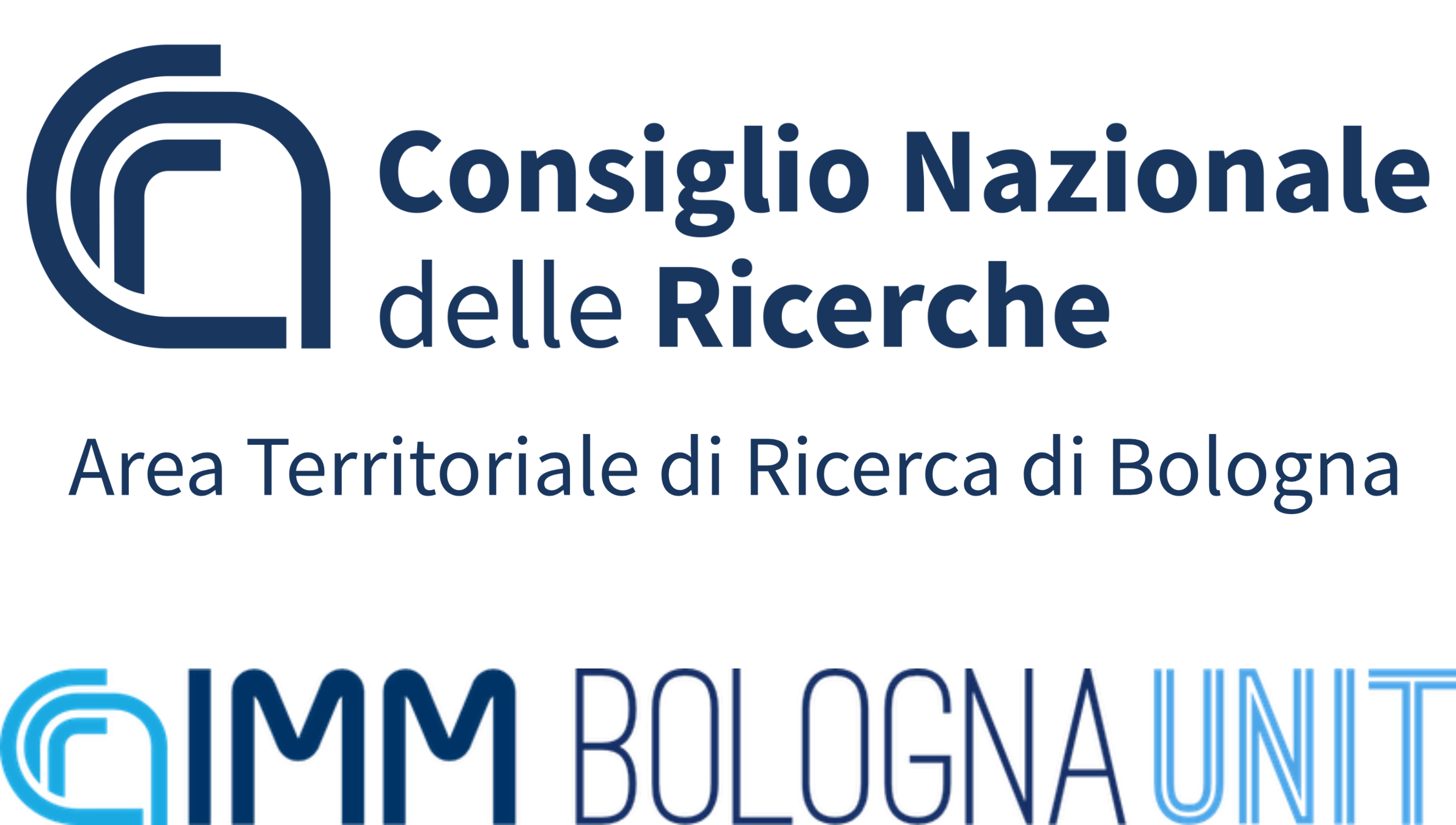
Storia/History
Lo scritto che segue è la trascrizione del testo del pieghevole del 1976 che descriveva le finalità del Reparto di Cinematografia Scientifica del CNR.
Il cinema scientifico prima del cinema spettacolo.
E’ una verità storica, anche se poco nota, che il cinema è nato dalle esigenze della ricerca scientifica. Il fisiologo francese E. J. Marey ideò e costruì i suoi apparecchi, il “fucile fotografico” nel 1882 e il “crono fotografo” nel 1888, precedendo la macchina da presa dei Lumière (1895); e lo fece perché i suoi studi e le osservazioni nel campo della fisiologia del movimento dell’uomo e degli animali esigevano uno strumento che permettesse l’analisi delle diverse fasi motorie. Dieci anni prima de Marey, un altro scienziato francese, l’astronomo P. J. C. Janssen, aveva costruito un “revolver fotografico” per registrare il passaggio di Venere davanti al sole. Il cinema scientifico nacque pertanto prima del cinema spettacolo. Successivamente il suo settore d’intervento si è esteso a problematiche e finalità sempre più ampie, a ciò indotto dalle crescenti esigenze di conoscenza.
Campi d’intervento del cinema scientifico
Si riconoscono in effetti nella moderna cinematografia scientifica tre momenti caratteristici e spesso tra loro complementari. Quello della ricerca, in cui, ad es. la ripresa cinematografica consente di registrare ed analizzare l’evoluzione di un dato fenomeno e costituisce perciò un insostituibile mezzo di osservazione ed un vero e proprio strumento d’indagine.
Il secondo momento è quello della didattica, dalla più specialistica a quella propria dell’istruzione di base. In questo ampio settore, per es., il mezzo cinematografico consente di visualizzare eventi non diversamente accessibili, per ragioni geografiche o temporali, ovvero – ed è il caso del mondo microscopico – perché sfuggono all’osservazione diretta. Vi è infine un momento della cinematografia scientifica destinato, proprio in considerazione dei gravi problemi che stanno di fronte alla società moderna e delle motivate scelte che queste impongono, ad assumere un ruolo particolarmente rilevante. Ed è quello di contribuire a formare, in settori della popolazione il più ampi possibile, una precisa conoscenza ed una corretta comprensione delle indicazione e conclusioni cui la scienza perviene relativamente ai grandi problemi da affrontare, delle prospettive e delle potenzialità offerte dalla ricerca in ordine alla loro soluzione e viceversa delle problematiche che le diverse scelte pongono alla ricerca scientifica. Si tratta di compiti che la ricerca non può più delegare in toto agli organi tradizionali d’informazione; essa deve invece in qualche modo trasformarsi in strumento di comunicazione e di divulgazione di se stessa.
L’attività del Reparto di Cinematografia Scientifica del Lamel CNR
In questi spazi si colloca l’attività del Reparto di Cinematografia Scientifica del Lamel CNR di Bologna, attività che, affidata a ricercatori e docenti, è volta a che i filmati risultino scientifici non tanto perché di argomento scientifico, ma piuttosto perché gli operatori utilizzano gli strumenti concettuali ed il rigore proprio del modo di operare scientifico. Il materiale che il Reparto ha realizzato fin dalla sua istituzione (1977) consiste essenzialmente in film di ricerca, di insegnamento e di divulgazione.
Sempre nell’ambito del Reparto, un carattere particolarmente innovativo presenta l’attività di ricerca e sperimentazione condotta nel campo della Computer Graphics, tecnica che mediante l’uso dell’elaboratore elettronico, consente la visualizzazione di fenomeni anche molto complessi, nonché la loro simulazione teorica. In questo senso la tecnica si presenta spesso insostituibile rispetto ai mezzi grafici tradizionali. In effetti la rappresentazione filmica, mentre diviene strumento d’indagine, offre un mezzo conciso e chiaro per collegare l’enorme quantità di dati numerici prodotti mediante l’elaboratore. Ciò vale per fenomeni dinamici in cui il cinema apporta una dimensione in più – il tempo – alla loro rappresentazione.
L’attività che in questo settore avanzato viene condotta dal Reparto, in collaborazione con il Centro di Calcolo Interuniversitario di Bologna, intende contribuire in modo determinante allo sviluppo di questa tecnica sofisticata e di grandissima potenzialità.
The following text is the transcription of the 1976 folder which described aims and purposes aof the CNR Scientific Film Department.
The scientific film came first, then the entertainment film followed
Many of us may not be aware of it, but the hystorical truth is that motion pictures were the direct outcome of the requirements of scientific research. The French physiologist E.J. Marey thought up and built his machines – the “photographic gun” – in 1882 and the “chronophotographe” in 1888 – some time before the Lumiere’s movie camera of 1895. And he made them because, in order to pursue his studies and observations of physiology of movement in man and animals, he needed a machine that would enable him to analyse the different motory phases involved. Ten years before Marey, another Frenchman, the astronomer P.J .C. Janssen, had built a “photographic revolver” to record the passage of Venus in front of the Sun. So scientific Cinematography came before popular entertainment films. And, as time passed , their sphere of action expanded to cover an ever broader range of problems and objectives, in line with the growing requirements of knowledge.
The spheres of action of scientific films
In actual fact , today’s scientific cinematography involves three characteristic spheres of action that are
often complementary. The first is research. For example, a motion picture sequence records and analyses the evolution of a given phenomenon and is, therefore, both an irreplaceable means of observation and a real and proper instrument for scientific research. The second sphere of action of the scientific film is education, ranging from basic teaching to highly specialised instruction. In this broad sector, for example, cinematography makes It possible to show events which are not otherwise readily accessible, for reasons of time or distance – or as in the case of the microscopical world – because they defy direct observation. Lastly, by virtue of the serious problems today’s society has to face, and the motivated decisions that have to be made in order to tackle them, there is another function of scienti fic films that is destinated to assume a particularly important role. It concerns helping to provide the broadest possible sectors of the population with information that can lead to a precise awareness and correct understanding of the findings and conclusions of science regarding the great problems to be tackled, of the prospects and potentials that research offers with a view to finding solutions, and of the counterpart, the ranges of problems that the various decisions taken impose on
scienlific research. These are duties that science cannot wholly delegate to the conventional media: on the contrary, science must in some way become a means of information and popularization about itself.
The work of the Scientific Film Department of Lamel CNR
It is within these very spheres of action that the Scientific Film Department of Lamel CNR in Bologna, Italy, carries out its work. Its initiatives are entrusted 10 research workers and teachers, and the aim is that the films should be scientific not merely because their subject matter is scientific but, rather, because the people involved in making the films use the concepts and rigour proper to the scientific mode of doing things. The material the Department has produced since its istitution (1977) consists essentially of research, educational and popular science films. A particularly novel feature of the Department’s work is its research and experimentation in the field of “computer graphics” , a technique that exploits the capabilities of the computer to make possible not only a visual display but also a theoretical simulation of even highly complex phenomena. In this sense, conventional graphics can often provide no substitute for the technique. Indeed, while filmed representations become instruments for research , they offer a clear, concise means for relating and uniting the enormous quantities of numerical data produced by means of the computer. This is equally true as regards dynamic phenomena: motion pictures introduce and extra dimension to their representation: the time. The initiatives the Department carries on in this advanced field with the co-operation of the Interuniversity Computation Centre of Bologna, are aimed at providing decisive contributions towards the development of this sophisticated and enormously potential technique.
Tesi di Laurea (in italiano) svolte sul Reparto di Cinematografia Scientifica del CNR di Bologna / Degree theses (in Italian) carried out on the Scientific Cinematography Department of CNR in Bologna
- Tesi di Laurea “La cinematografia scientifica al CNR: il fondo audiovisivo “Lucio Morettini” del LAMEL” di Chiara Barnaba (Università La Sapienza – Roma A.A. 2018-19)
Accordi CNR-Cineteca di Bologna sulla valorizzazione del patrimonio filmografia del Reparto Cinematografia Scientifica del CNR di Bologna / CNR-Cineteca di Bologna agreements on the enhancement of the filmography heritage of the Scientific Cinematography Department of the CNR of Bologna
Area of Research

The Territorial Area of Research in Bologna is a campus that hosts the headquarters (main or local) of 7 CNR and 2 INAF institutes.
CNR-IMM
The CNR-IMM Bologna Unit is part of CNR-IMM, an Institute belonging to the Physics and Matter Technologies Department of the National Council of Research and organized in 5 Units and one Headquarters.

